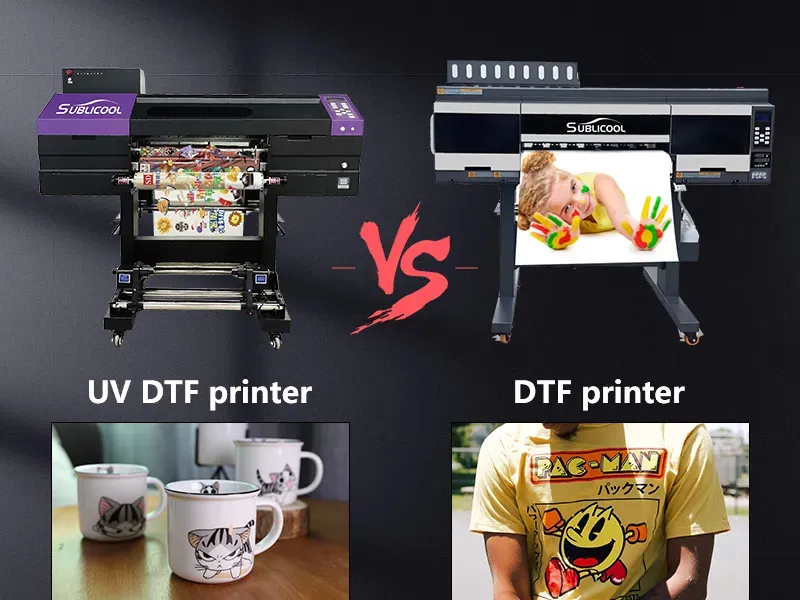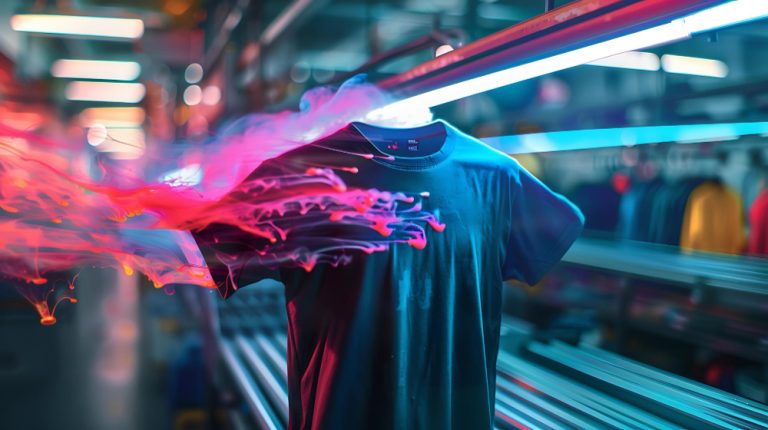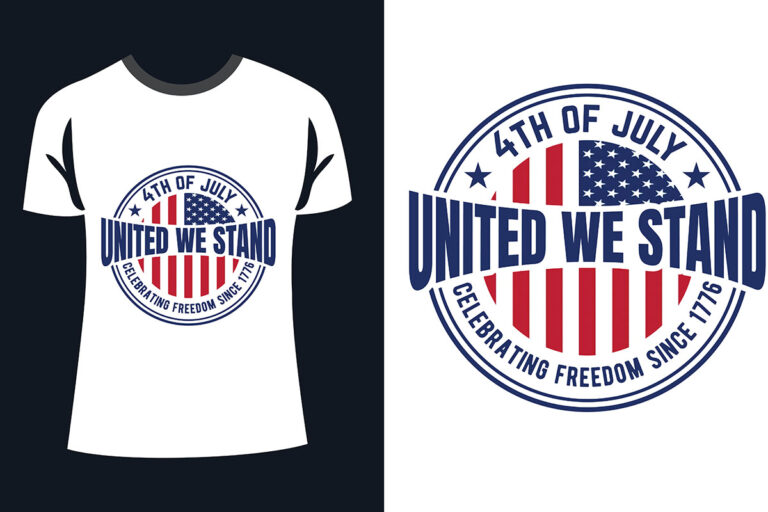In the ever-evolving landscape of printing technologies, UV DTF vs traditional printing stands as a pivotal discussion for businesses and creatives alike. UV DTF, or Direct to Film, offers innovative capabilities that challenge conventional printing methods, delivering exceptional color vibrancy and flexibility across various surfaces. As industries push for creative expression, understanding the advantages and drawbacks of UV printing compared to traditional printing is essential for effective decision-making. This article explores the nuances of both printing approaches, from their underlying technologies to the crucial cost comparison that could influence your next project. Dive into this detailed analysis to uncover which printing method best suits your needs in today’s competitive market.
When exploring modern printing options, it’s essential to distinguish between advanced methods like UV DTF and established techniques often referred to as analog printing. The rise of DTF technology highlights a significant shift in how businesses approach customization, enabling detailed and colorful prints on diverse materials. On the other hand, traditional printing methods, including screen and offset printing, have laid the groundwork for many production processes but may fall short in meeting today’s demands for versatility and aesthetics. By examining the contrasting features of these two categories—one being groundbreaking and the other rooted in history—we can gain valuable insights into the future of printing and the right choice for specific applications.
A Deeper Look into UV DTF Technology
UV DTF technology, or Direct to Film, has revolutionized how we approach printing by utilizing ultraviolet light to cure inks on a variety of surfaces. This unique method allows for high-quality, vibrant colors that are fully cured almost instantaneously, making it perfect for on-demand printing. Unlike traditional printing methods that usually involve lengthy setups and time-consuming processes, UV DTF can significantly reduce production time and improve overall efficiency. This is particularly beneficial for businesses that require high volumes of print jobs in shorter timeframes, as well as for individual creators who need rapid turnaround for custom designs.
The versatility of UV DTF cannot be overstated, as it supports a wide array of substrates that traditional printing technologies often struggle with. From textiles to metal, UV DTF enables creators to explore an expansive range of creative possibilities. Additionally, advancements in this technology allow for special finishes and textures, giving printed items a tactile quality that enhances their visual appeal. Brands that leverage UV DTF are not only able to deliver superior products but can also stand out in a competitive market by offering unique designs that attract consumers.
Comparative Analysis: UV DTF vs Traditional Printing
When assessing UV DTF vs traditional printing methods, it’s important to recognize their distinct features and capabilities. Traditional printing, including screen and offset printing, has been around for decades and remains popular due to its cost-effectiveness for large volume orders. However, this method often faces limitations in color vibrancy and adaptability to complex materials, which are increasingly demanded in today’s market. UV DTF, on the other hand, pushes these boundaries by providing detailed prints on a wider variety of surfaces, including those that would traditionally warp or require additional treatment.
Furthermore, while traditional methods might offer lower upfront costs, they can lead to significant expenses over time due to factors such as ink usage, setup times, and the need for multiple processes to achieve desired quality. In contrast, UV DTF not only reduces the material waste associated with oversprays and cleanup but also optimizes workflow through quicker production cycles. This efficiency speaks volumes for businesses looking to streamline operations and maximize profit margins, making UV DTF a strong contender in any cost analysis.
The Versatile Nature of UV DTF Printing
One of the hallmarks of UV DTF printing is its extraordinary versatility. This method allows for printing on an extensive range of materials, from conventional substrates like paper to unconventional ones such as fabrics, wood, and metals. This flexibility is essential for businesses targeting diverse markets that require customized solutions. With UV DTF printing technology, companies can easily adapt to various projects, whether producing promotional materials, custom merchandise, or artistic applications, seamlessly integrating into their production lines.
The ability to print on such a wide array of materials not only attracts more clients but also enhances creative possibilities for designers. Textures and finishes typically unattainable with traditional printing methods can be achieved with UV DTF. For instance, intricate 3D designs can be printed on both flat and uneven surfaces, giving products a unique and tactile quality. This level of creativity allows brands and individuals to set themselves apart in a crowded marketplace, fulfilling modern demands for customization and detailed graphic artwork.
Cost Considerations for Printing Technologies
The topic of cost is crucial when choosing between UV DTF and traditional printing methods. While the initial investment in UV DTF equipment may be higher, the long-term savings it offers can outweigh the upfront costs. Traditional printing processes often involve substantial ongoing expenses related to materials, labor, and time. With UV DTF, businesses can minimize these costs through reduced ink consumption and less material waste due to its efficient production capabilities.
Moreover, UV DTF printing ensures a quicker turn-around time, which can significantly boost productivity and, by extension, profitability for companies. Since UV Printed materials require less setup and can be produced on-demand, businesses can respond swiftly to market needs, driving sales and enhancing customer satisfaction. As a result, even with initial expenditures, a comprehensive cost comparison reveals that UV DTF presents a financially sound investment for those needing high-quality prints without sacrificing budget efficiency.
Emerging Trends in Printing Technologies
As the printing industry evolves, emerging trends point towards a larger acceptance and implementation of cutting-edge technologies like UV DTF printing. Recent market growth indicates a significant shift as more businesses recognize the advantages offered by DTF technologies over traditional techniques. High-profile companies are investing heavily in UV DTF equipment, realizing its potential to capture market share by providing superior quality and versatility.
These trends highlight a broader movement towards digital solutions that prioritize efficiency and customization. The increasing popularity of UV DTF is also reflected in consumer demand for unique, personalized products, as businesses respond to the modern consumer’s desire for individualized experiences. By adapting to these trends, businesses using UV DTF technology can position themselves competitively in an industry that is rapidly advancing towards innovation.
Quality and Output: The Case for UV DTF
Quality and output are definitive factors when comparing printing options. UV DTF technology enhances the print quality by delivering vibrant colors, sharp details, and intricate designs that often surpass those produced by traditional printing methods. The use of UV curing allows inks to adhere better to surfaces, resulting in prints that are not only visually stunning but also more durable against wear and tear. This high-quality output is a significant attraction for businesses aiming to build a reputable brand identity through their printed materials.
In contrast, traditional printing may yield less intense colors and can struggle with consistency across larger runs. For businesses where visual appeal is paramount, UV DTF stands out as the more advantageous option. The ability to produce high-resolution and detailed images ensures that creative visions are effectively captured, making it an appealing choice for artistic and commercial endeavors alike. Ultimately, UV DTF’s impressive quality and output capabilities make it an invaluable technology for those who prioritize excellence.
Frequently Asked Questions
What are the main differences between UV DTF and traditional printing methods?
UV DTF printing uses ultraviolet light to cure ink directly onto various substrates, resulting in vibrant colors and 3D textures, while traditional printing methods, such as screen printing and offset printing, often produce flatter images. UV DTF offers more material compatibility and design flexibility, making it suitable for diverse printing applications.
How does UV DTF printing technology compare in cost to traditional printing?
While the initial investment in UV DTF printing equipment may be higher, businesses should consider the overall costs over time. Traditional printing can lead to increased operational expenses due to setups, materials, and waste, whereas UV DTF optimizes efficiency and reduces waste, leading to potential long-term savings.
Can UV DTF print on various materials like traditional printing does?
Yes, UV DTF printing excels in material compatibility, allowing it to print on a wide range of surfaces such as wood, metal, textiles, and glass, unlike traditional printing, which may have restrictions based on the method and ink used.
What advantages does UV DTF technology have over traditional printing?
UV DTF offers several advantages over traditional printing, including quicker turnaround times, higher vibrancy in colors, the ability to produce 3D textures, and less material waste. These features enable marketers and creators to achieve more intricate and high-quality designs.
Is UV printing suitable for small businesses compared to traditional printing methods?
Absolutely. UV DTF printing is well-suited for small businesses because it requires less setup time and allows for print-on-demand services, reducing inventory risks. Traditional printing methods often require minimum orders and lead times, which can be more challenging for smaller operations.
Are there specific applications where UV DTF excels over traditional printing techniques?
UV DTF excels in applications that require intricate designs and vibrant colors, such as custom promotional items, art reproductions on textured surfaces, and niche products. It provides the versatility needed for modern creative projects, which traditional printing may not fulfill.
| Key Points | |
|---|---|
| UV DTF Printing | Traditional Printing Methods |
| Uses UV light to cure designs on various substrates; Offers vibrant colors and 3D texture capabilities. | Includes techniques like screen and offset printing; Often limited in versatility and color vibrancy. |
| Higher initial cost but reduces long-term operational expenses by optimizing material usage. | Cost-effective for large runs but can lead to higher costs over time due to waste and labor. |
| Can print on diverse materials, ideal for custom creative projects. | Limited to specific materials, often resulting in less creativity with designs. |
| Growing market trend with increasing options for users, leading to greater acceptance. | Traditional methods face decline as UV DTF technology becomes more widespread. |
Summary
When choosing between UV DTF and traditional printing, it’s essential to consider the differences in technology and application. UV DTF printing uses advanced UV curing methods, offering flexibility and vibrant colors across various materials, unlike traditional printing. While traditional methods can be more cost-effective for bulk jobs, they often lack the versatility and quality that UV DTF delivers. As the printing industry evolves, the choice between UV DTF and traditional printing increasingly leans toward the innovative capabilities of UV DTF, making it a preferable option for modern printing needs.







